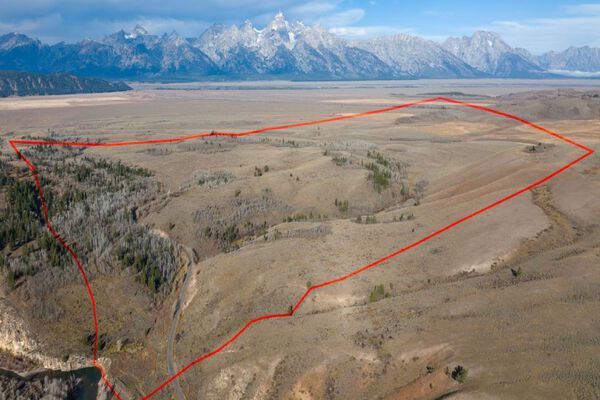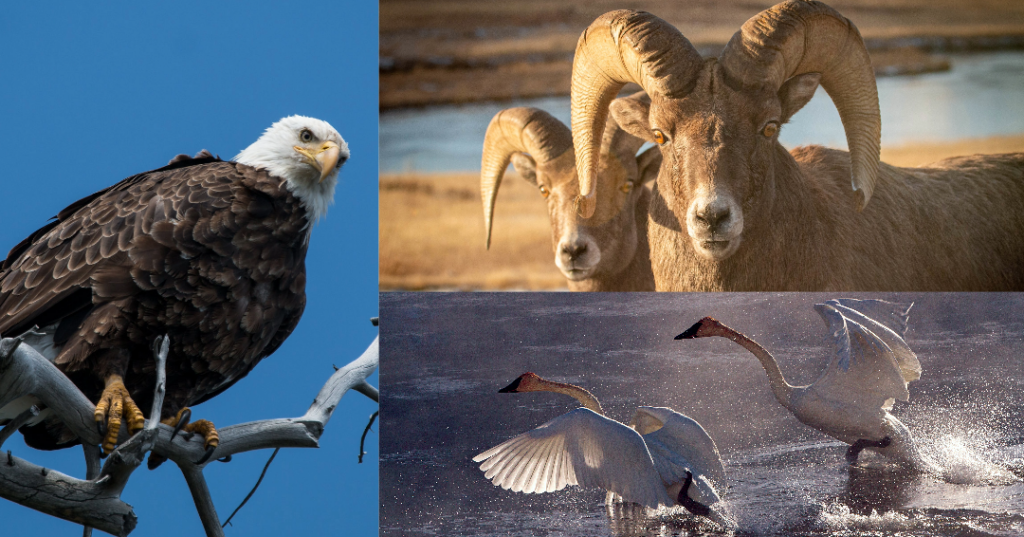Winter has arrived in Grand Teton National Park – an excellent time for recreation in the snow but also a challenging time for wildlife in and around the Tetons. Wildlife biologists are asking visitors to avoid disturbing animals by following all winter closures and voluntarily avoiding bighorn sheep winter zones. In all other areas of the park, visitors should give wildlife plenty of space by maintaining 100 yards from bears and wolves, and 25 yards from other animals. Visitors can safely enjoy watching wildlife by being respectful of their need for space, staying clear of their sensitive habitats, allowing them to maintain their vital energy reserves.
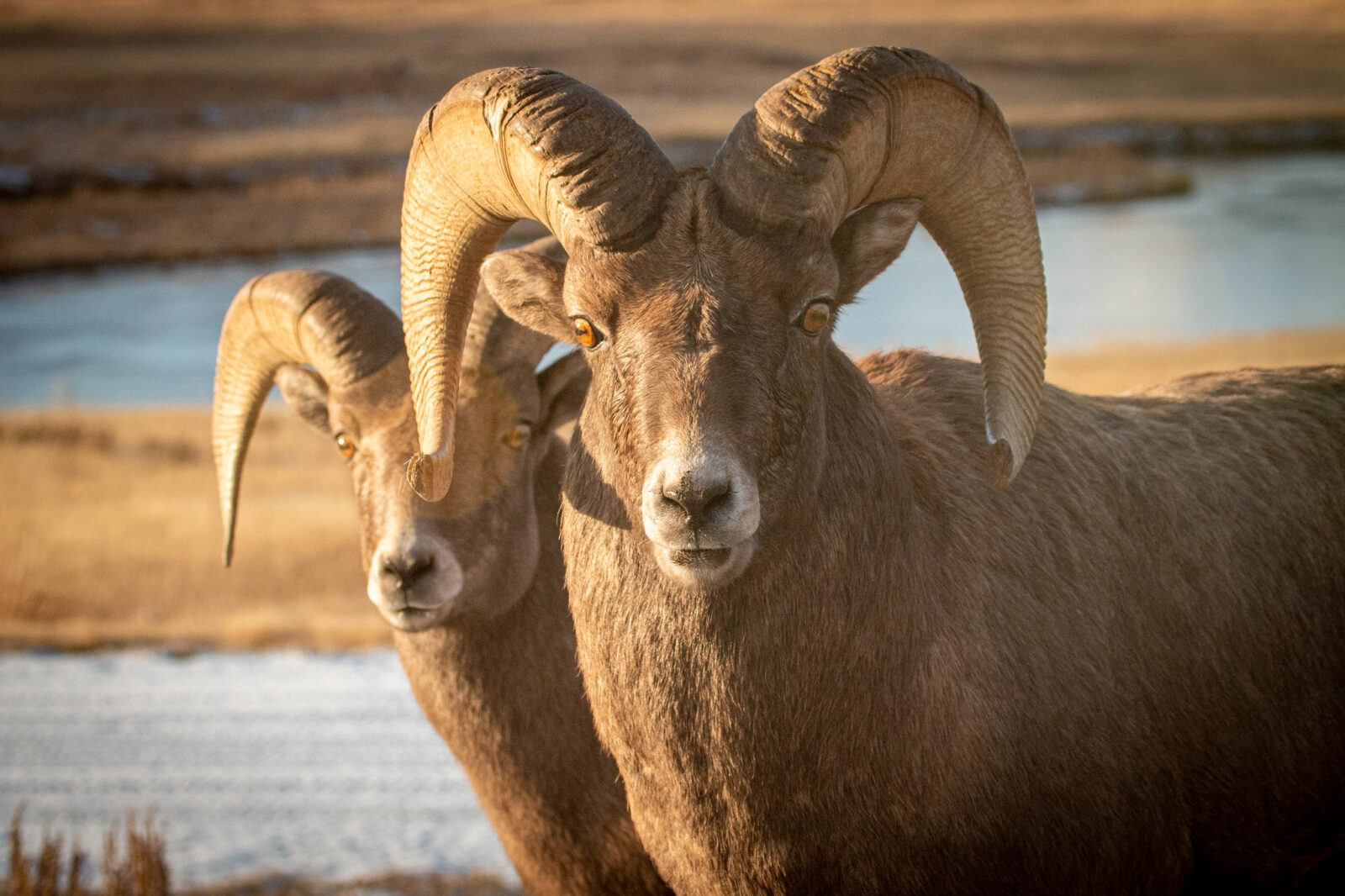
- The bighorn sheep rutting period has begun. Bighorn have put on fat during summer grazing and will now shift to losing weight during the lean months of winter.
- Fall spawning mountain whitefish are headed to winter habitats as their eggs incubate for the next several months.
- Fish energy needs and activity diminish as the water temperature drops and they settle into their winter habitats.
- Adult bald eagles with nesting territories in the park/valley remain year-round and will prey on higher numbers of waterfowl as fish become less available under ice.
- Most black bears entered winter dens by the end of October, with most grizzly bears doing the same during the month of November. A small number of grizzly bears have learned how to put on additional fat during late fall/early winter and could remain out and about for another few weeks.
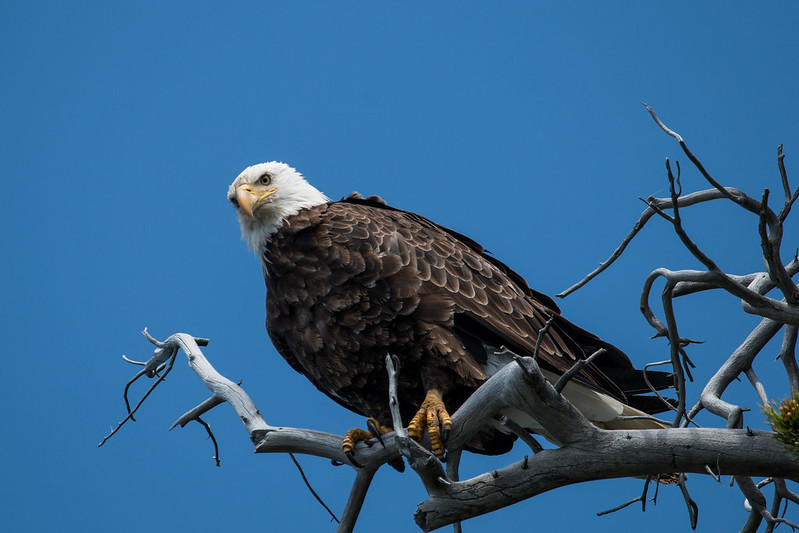
- Many of the mule deer that undertake long distance migrations have left the park and are en route or have already arrived on their winter ranges. Because of the relatively mild weather and low snow levels this fall, mule deer that migrate shorter distances have yet to begin their migrations.
- All hibernating small mammals that were active in October, such as chipmunks, have begun hibernating.
- Rough-legged hawks, which are often prominent on fence posts and power poles, returned to the valley from Arctic nesting grounds for the winter.
- Trumpeter swans are the heaviest flying bird in North America, with adults often weighing over 20 pounds. Trumpeters migrate from around the region and habitats further north to spend their winters on open water in the valley in larger numbers than seen in summer.
- Elk have moved down from the high country, but will wait for heavier snows to push them further south onto the National Elk Refuge where most will remain for the winter.
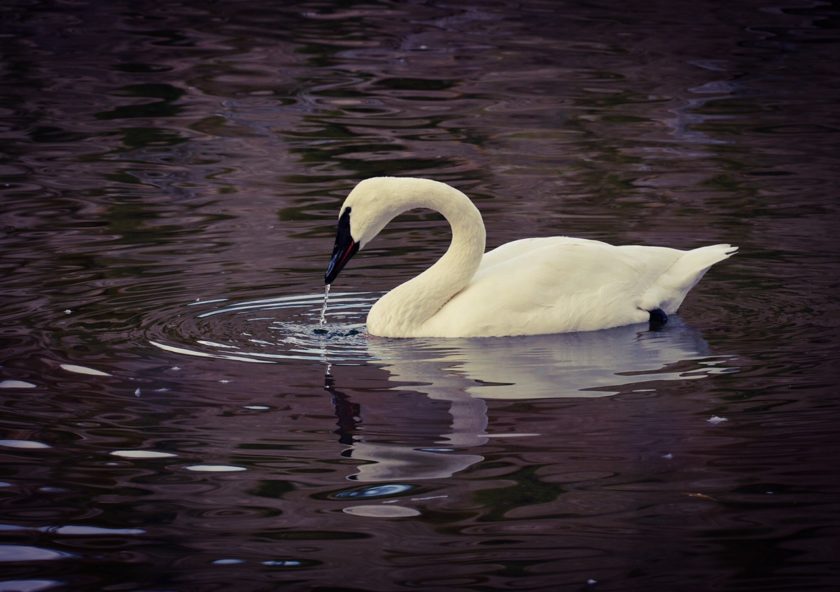
- The coats of long-tailed weasels and snowshoe hares have recently turned from their summer brown to a camouflaging winter white. The weasels maintain the black tip on their tail to help distract potential predators.
- Beaver activity is strongly influenced by ice conditions as they continue to stash willow and other cuttings under the ice for a long winter’s food supply.
- Wolf pups that have been largely confined to den and rendezvous sites since birth are now traveling with the rest of the pack throughout their home ranges, learning to hunt and how to survive in the wild.









